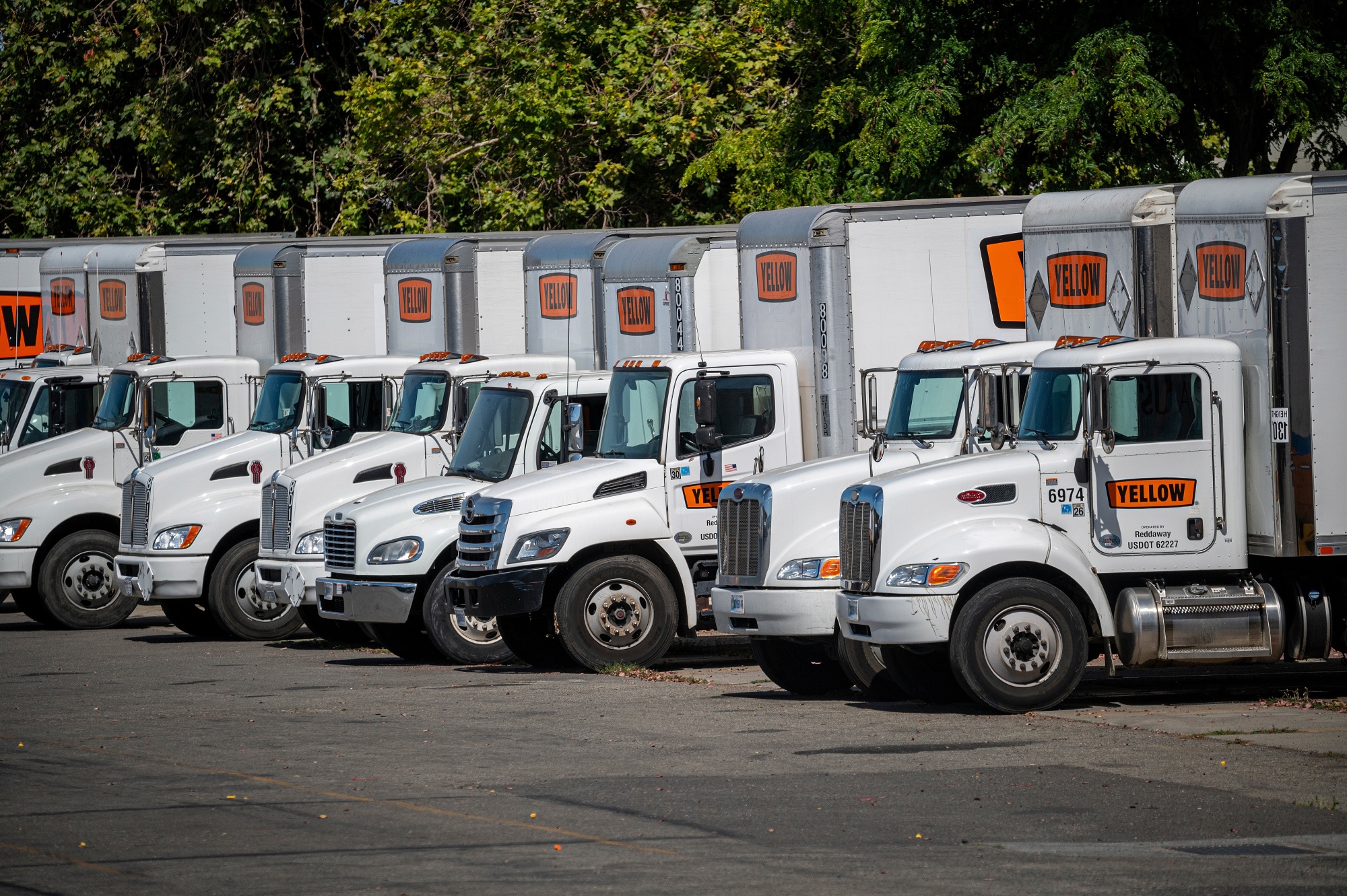Yellow’s Struggle with Bankruptcy: A Tale of Turmoil and Redemption, a US trucking company
Yellow, has filed for Chapter 11 bankruptcy. Yellow, a veteran company with 99 years of history, faces its biggest failure in the industry.
In the US Bankruptcy Court for the Delaware District, a petition has been filed to limit the impacts of bankruptcy on the company. Yellow is known for its expertise in transporting “less than truckload” cargo or handling relatively small shipments efficiently. However, due to its battles with the International Brotherhood of Teamsters over the restructuring and the plan to repay a $1.3 billion loan in 2024, the company had to deal with significant financial losses. On July 30, the union announced that Yellow has ceased operations, resulting in 30,000 people being laid off, including 22,000 members of the workforce.
An employee in Richland, Mississippi, posted a TikTok video showing an empty terminal, stating, “I’m driving our truck for probably the last time.” Many commentators expressed their similar experiences, having been associated with Yellow for decades when it used to be the country’s largest freight carrier with around 300 facilities, 12,700 tractors, and 42,000 trailers.
One comment read, “Just received a call this afternoon. This is terrible.“
In a press release on Sunday, Yellow’s CEO, Darren Hawkins, expressed deep disappointment in the company’s closure, acknowledging that working for the same company for 20, 30, or 40 years is uncommon but was a reality for many at Yellow. The company has provided stable, well-paying jobs and satisfying careers to hundreds of thousands of Americans over the years.

The question now remains how the Treasury Department plans to recover $729.3 million, which remains unpaid after the controversial COVID-19 relief loan granted by the Trump administration in 2020. Experts suggest that it is uncertain whether creditors will receive any money back. In the bankruptcy court, the government will likely be in a weaker position as it stands behind other lienholders and may be eligible only for the portion representing the purchased trucks and trailers. Professor Adam Levitin from Georgetown University and a bankruptcy expert wrote in a blog post on Wednesday that the 30% equity stake the Treasury received in return for the loan might be “worthless.”
Levitin stated, “There’s no magic bullet here: Treasury has squeezed the yellow loans dry.”
A report published by Congress in June found that there were missteps in the loan certification, risking losses for creditors—even amidst the government’s frantic efforts to save the economy from the pandemic’s grip. However, until July, Yellow earned nearly $68 million in interest payments but made no principal payments. According to the recent Treasury report, only $230 has been paid towards the original amount.
Analysts argue that Yellow’s troubles predate the pandemic and trace back to decades-old issues from the early 2000s, involving ill-fated acquisitions that failed to properly integrate with its core business. As a result, inefficiencies and financial struggles arose, leading to yearly losses since 2007. The strain with the union over wages and benefits further complicated matters, eventually resulting in the company’s downfall and the challenging efforts to repay the $1.3 billion loan by 2024.
The most significantly affected will be displaced workers competing for jobs in a slower freight market as consumers revert to pre-pandemic buying habits, demanding electronics, apparel, and furniture deliveries. A large number of drivers support this industry, a complete contrast to two years ago when the White House worked to attract more people to this profession through free training and access to military veterans.
According to Bruce Chan, a transportation analyst at the investment bank firm Stifel, the current freight market is still “very good” compared to the pre-pandemic cargo market, indicating more opportunities in a robust job market.
Chan stated, “It’s a sad loss of jobs for these workers.” “But for the most part, [these workers] have more options for alternative employment than they did during the previous freight market slowdown.”




